Well Test Analysis —— The use of Advanced Interpretation Models
----- 试井分析:使用高级解释模型
/homepage/sad/books/welltest/errata.html. Preface. Online Complement: /homepage/sad/books/welltest. 1. Principles of Transient Testing. 1.1 Introduction. 1.2 Typical flow regimes. 1.3 Well and reservoir characterization. 2. The Analysis Methods. 2.1 Log-log scale. 2.2 Pressure curves analysis. 2.3 Pressure derivative. 2.4 The analysis scales. 3. Wellbore Conditions. 3.1 Well with wellbore storage and skin. 3.2 Infinite conductivity or uniform flux vertical fracture. 3.3 Finite conductivity vertical fracture. 3.4 Well in partial penetration. 3.5 Slanted well. 3.6 Horizontal well. 3.7 Skin factors. 4. Effect of Reservoir Heterogeneities on Well Responses. 4.1 Fissured reservoirs. 4.2 Layered reservoirs with or without crossflow. 4.3 Composite reservoirs. 4.4 Combined reservoir heterogeneities. 5. Effect of Reservoir Boundaries on Well Responses. 5.1 Single sealing fault in a homogeneous reservoir. 5.2 Two parallel sealing faults in homogeneous reservoir. 5.3 Two intersecting sealing faults in homogeneous reservoir. 5.4 Closed homogeneous reservoir. 5.5 Constant pressure boundary. 5.6 Communicating fault. 5.7 Effect of boundaries in double porosity reservoirs. 5.8 Effect of boundaries in double permeability reservoirs. 5.9 Effect of boundaries in composite reservoirs. 5.10 Other boundary configurations. 5.11 Conclusion. 6. Multiple Well Testing. 6.1 Interference tests in reservoirs with homogeneous behavior. 6.2 Factors complicating interference tests in reservoirs with homogeneous behavior. 6.3 Interference tests in composite reservoirs. 6.4 Interference tests in double porosity reservoirs. 6.5 Interference tests in layered reservoirs. 6.6 Pulse testing. 6.7 Conclusion. 7. Application to Gas Reservoirs. 7.1 Description of gas wells pressure behavior. 7.2 Practical transient analysis of gas welltests. 7.3 Deliverability tests. 7.4 Field example. 8. Application to Multiphase Reservoirs. 8.1 Perrine's method. 8.2 Pseudo-pressure method. 8.3 Pressure squared method. 9. Special Tests. 9.1 DST. 9.2 Impulse test. 9.3 Constant pressure test, and rate decline analysis. 9.4 Vertical interference test. 10. Practical Aspects of Well Test Interpretation. 10.1 Factors complicating well test analysis. 10.2 Interpretation procedure. 10.3 Well and reservoir characterisation- interpretation results. Appendix 1. Summary of Usual Log-Log Responses. Appendix 2. Practical Metric System of Units. Nomenclature. References. Author Index. Subject Index.
{{comment.content}}
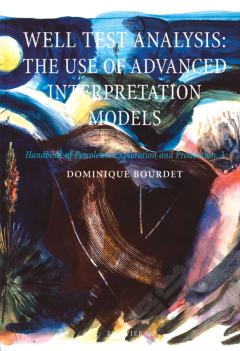
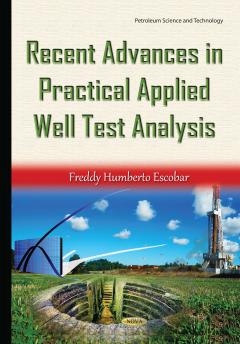
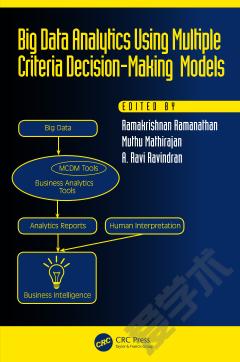
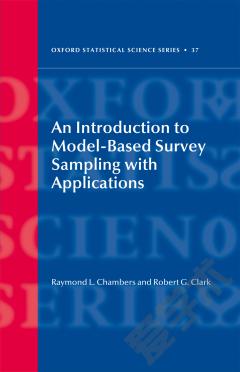
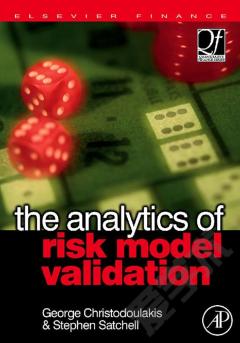



 京公网安备 11010802027623号
京公网安备 11010802027623号